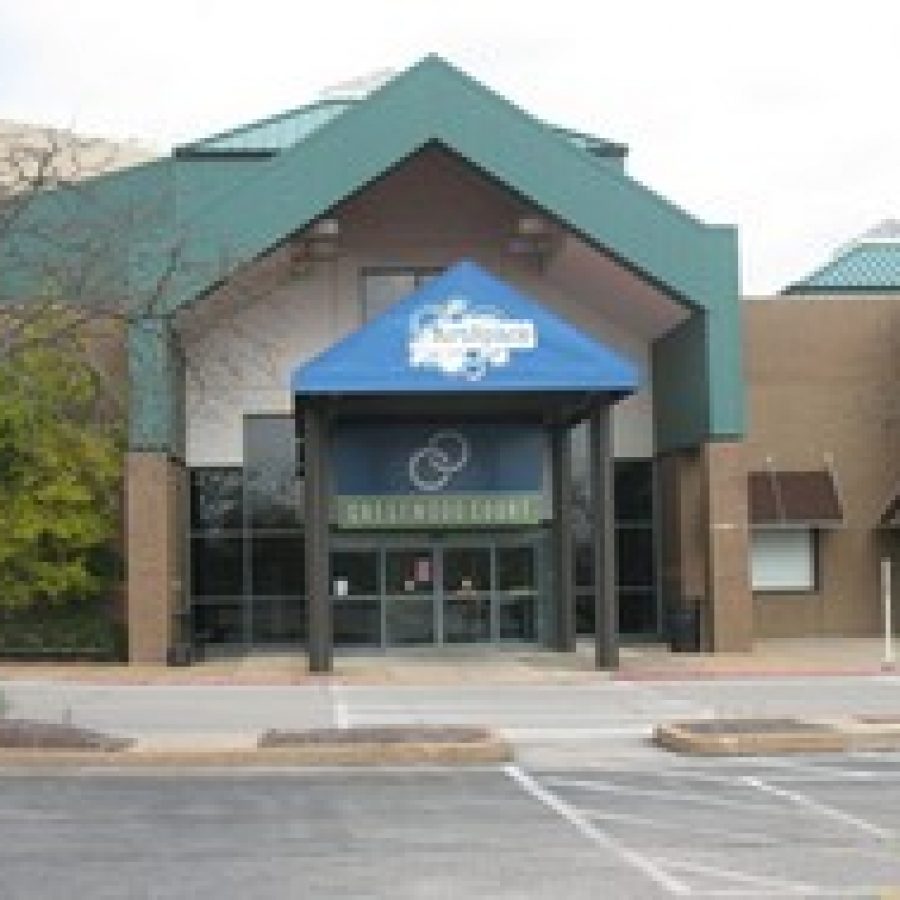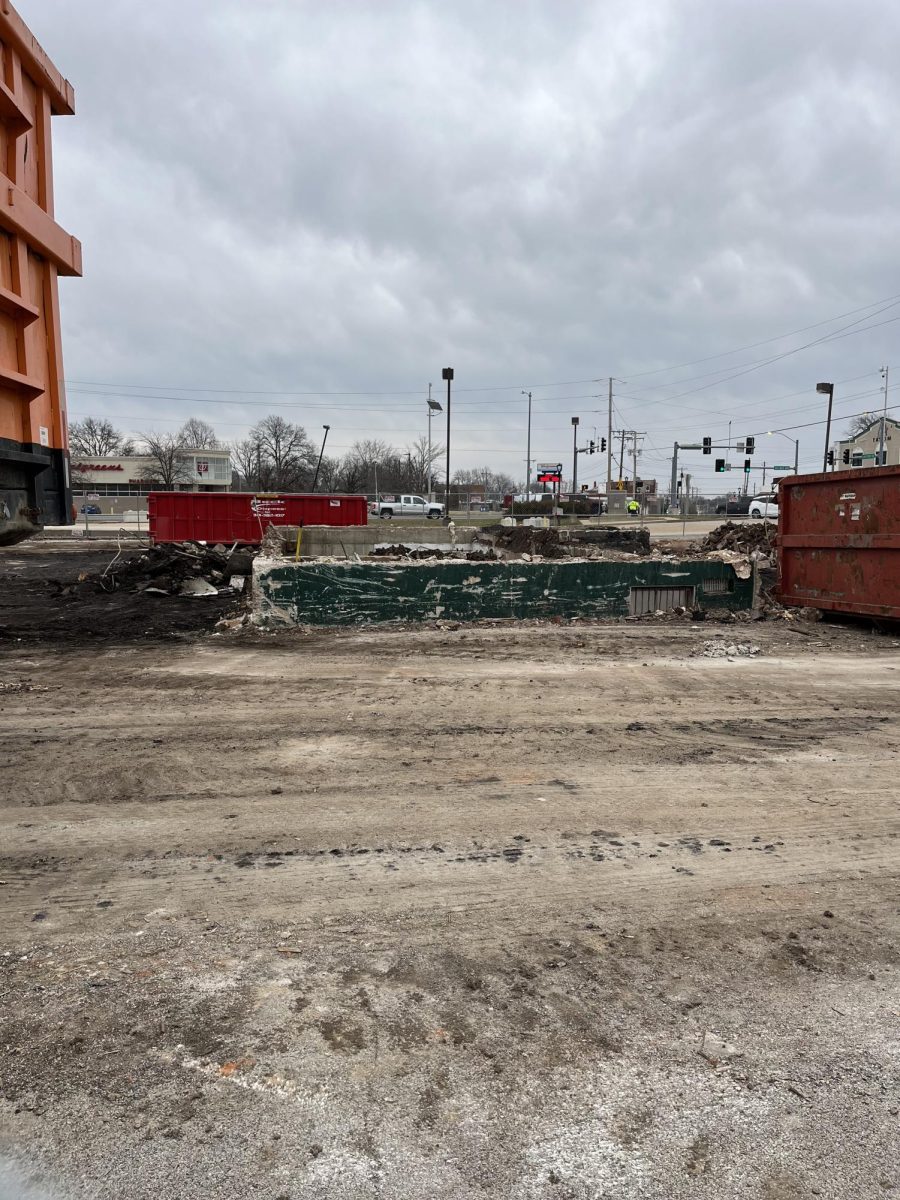First of two parts
Given the current condition of the former Crestwood Plaza, a planner hired by the city told the Board of Aldermen Saturday morning that redeveloping the 47-acre site will require the use of tax-increment financing.
Aldermen voted last month to adopt an ordinance approving a $73,000 agreement with Peckham Guyton Albers & Viets, or PGAV, to serve as the city’s planning services consultant for the proposed redevelopment of the former shopping center at Watson and Sappington roads.
Regarding the use of tax-increment financing, or TIF, to redevelop the mall site, PGAV Vice President John Brancaglione said, “I don’t think it’s going to happen without it. When you look at what the issues are, you’ll see, I think, that it’s going to be needed.”
Besides discussing the current condition of the site and the need for TIF to redevelop it, Brancaglione also outlined potential changes to the state’s TIF Act, also called the Real Property Tax Increment Allocation Redevelopment Act. Those changes, if adopted by the Legislature, would be effective Aug. 28.
As such, the PGAV vice president presented a proposed schedule that calls for the Board of Aldermen to consider final approval of the redevelopment project before Aug. 28.
Besides approving the pact with PGAV last month, aldermen adopted an ordinance approving a preliminary funding agreement between the city and Crestwood Missouri Partners LLC, a subsidiary of Chicago developer UrbanStreet Group, which owns the former mall property.
UrbanStreet purchased the mall property for $2.625 million from Chicago-based Centrum Partners and New York-based Angelo, Gordon & Co., which owned the majority stake in the site. Centrum and Angelo, Gordon bought the mall in 2008 for $17.5 million from the Westfield Group, which bought it in 1998 from Hycel Properties for $106.4 million.
Hycel Properties had operated Crestwood Plaza since 1957, first as an open-air mall.
A mid-1980s redevelopment of Crestwood Plaza transformed the mall into a fully enclosed shopping center with more than 1 million square feet of retail space.
For 2014, the county assessor placed a value of $9.849 million on the site. Of the value of the property, Brancaglione noted that $1,000 is attributed to the buildings.
“So what the number is telling is that from a market standpoint, the buildings aren’t worth anything. It’s the land that has value,” he said.
Citing the $2.625 million purchase price of the site, Brancaglione said, “That’s where this is going to be on the books in 2015. So it’s going to take another major drop in valuation.”
Then there’s the condition of the property, which he called “deplorable” and “awful.”
“… The current site improvements on this property are absolutely obsolete. There’s no other way to put it … So even if obsolescence weren’t a factor, the condition of these buildings, the parking structure and site infrastructure is deplorable …,” Brancaglione said, noting his firm has been involved with the redevelopment of Northwest Plaza. “… I thought Northwest Plaza was bad. This is awful. This is just awful …”
PGAV Associate Director Andy Struckhoff and PGAV Senior Project Manager Andrew Murray visited the mall site twice, taking 320 photographs of current conditions there, Brancaglione said.
“There are years of deferred maintenance here that are now coming home to roost, and a big part of that is issues associated with the roof systems on virtually the entire property ,” he said. “This is the sad thing here is that the cost of rehab here — you couldn’t rebuild this for the same amount of money that you could build similar square footage from scratch.
“And the sheer volume of what has to be cleaned up and cleared here is a big driver in terms of the cost of redevelopment UrbanStreet has begun the process of getting some real numbers — unlike what Centrum had — real numbers in terms of actual bid costs. So they have an initial bid cost for demolition and environmental remediation. Now this does not include site grading (and) utility relocation at $5 million.”
That amount does not include the cost of “backfilling what is a big hole when you remove the parking garage,” which will require roughly 100,000 cubic yards of fill for a buildable pad, Brancaglione said.
UrbanStreet purchased the property at “a good price” for 47 acres, he noted.
“But it’s not a good price when you look at what you have to do to make the 47 acres usable,” Brancaglione said, “It’s really quite monumental, and the $5 million is just the tip of the iceberg.”
When Hycel Properties enclosed the mall in the mid-1980s, “they built over the utilities,” he said, adding, “… Everything is under there. So now if you’re going to reuse that site, you have to get all that out of the way.”
The enclosed utilities have contributed to some of the problems with the mall’s condition, Brancaglione said, noting a fire-service waterline that enters the mall in the lower level of the former Macy’s store has broken.
“It flooded the entire mall area, the mall stores, everything that was down there,” he said. “So it’s one of those scenarios where the way the mall was built in the first place is now contributing to the problem …”
Murray noted that the water mains serving the mall, including the fire-suppression system, are cracked, making them inoperable. As a result, the mall has very little available water.
“This is a really big concern, and we’ve been in discussions with the Fire Department. There’s a plan in place if something were to happen at the mall …,” he said, noting in the event of a fire “the water would have to be pumped from Watson Road to a pumper truck to a ladder truck, and then down in the mall, which would be expensive and challenging for the Fire Department.”
A bigger issue, Murray said, is that most of the roof has failed, resulting in water damage and mold growth throughout the structure.
“Between the mold and the water damage, it basically makes every single tenant space unusable, and it’s unsafe and it’s unsanitary, and it’s sad,” he said.
Brancaglione said, “It’s so bad in the Sears building. It’s filtered through the roof to the upper floor, the third floor, to the second floor and to the lower floor to the point where the lower floor is a slime skating rink … You cannot spend much time in this property inside because it really does affect your breathing, there’s so much mold.”
Brancaglione and Murray emphasized the current condition of the mall is not the fault of UrbanStreet, but of past owners who have not put any money into maintaining the structure.
Next week: How the mall is negatively impacting the city and how Crestwood can promote redevelopment.



















